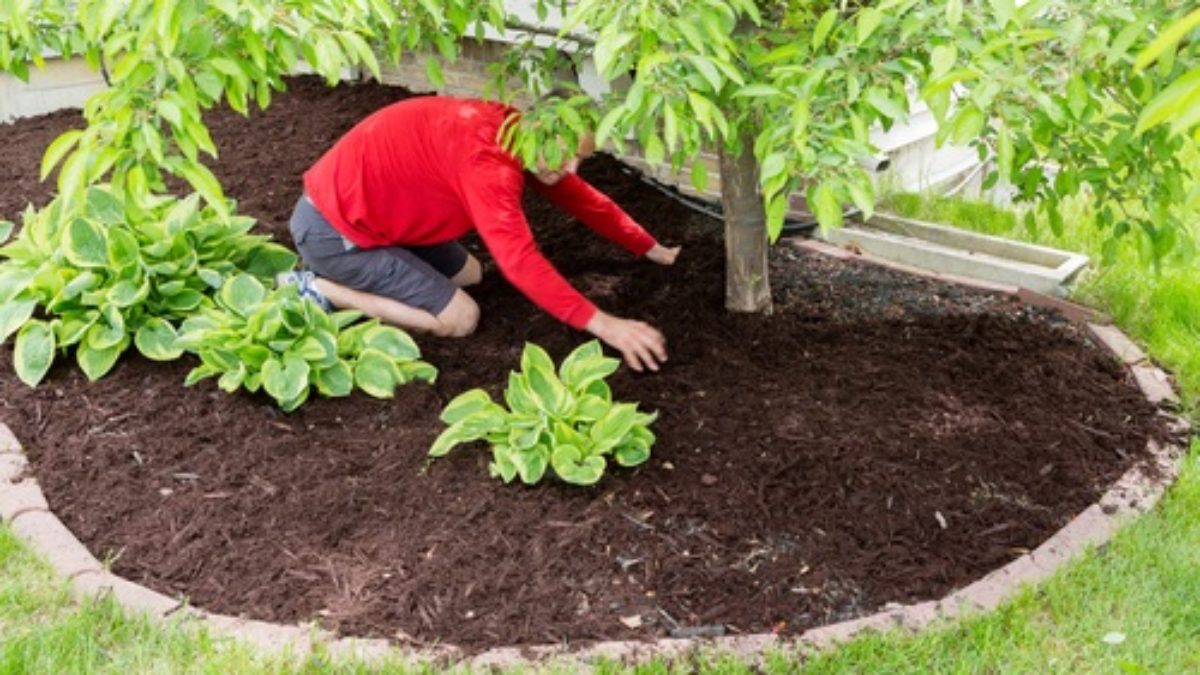Mulching is an essential practice in gardening that involves covering the soil with a layer of organic or inorganic material. This layer acts as a protective barrier, providing numerous benefits to your plants and soil. However, not all mulching methods are created equal. To achieve the best results, it is crucial to understand the concept of mulching precision. In this article, we will delve into the world of mulching precision and explore its importance, uses, examples, comparisons, and tips for achieving optimal results.
Understanding Mulching Precision
Mulching precision refers to the careful and intentional application of mulch to achieve specific goals. It involves choosing the right type of mulch, applying it at the correct depth, and ensuring proper coverage. This level of precision ensures that your plants receive the maximum benefits from mulching while minimizing any potential negative effects.
The Benefits of Mulching Precision
- Improved Soil Health Mulching precision helps to improve soil health by providing a protective layer that retains moisture, regulates temperature, and suppresses weeds. As the mulch breaks down, it also adds nutrients to the soil, making it more fertile and conducive for plant growth.
- Weed Control One of the primary reasons for mulching is weed control. By applying mulch precisely, you can create a barrier that prevents weeds from germinating and growing. This reduces the need for manual weeding and saves you time and effort.
- Moisture Retention Mulching precision helps to retain moisture in the soil by reducing evaporation. This is especially beneficial during hot and dry periods when plants may struggle to get enough water. With mulching, you can reduce the frequency of watering and conserve water resources.
- Temperature Regulation Mulching also helps to regulate soil temperature, keeping it cooler in the summer and warmer in the winter. This is particularly important for plants with shallow roots that are sensitive to extreme temperatures.
- Pest Control Certain types of mulch, such as cedar and cypress, have natural pest-repelling properties. By applying them precisely, you can create a barrier that deters pests from reaching your plants.
How to Achieve Mulching Precision
To achieve optimal results, follow these steps for mulching precision:
Choose the Right Type of Mulch
There are various types of mulch available, including organic and inorganic options. Each type has its unique characteristics and benefits. Consider factors such as your soil type, climate, and plant needs when selecting the right mulch for your garden.
Prepare the Area
Before applying mulch, remove any existing weeds and debris from the area. This will ensure that the mulch does not trap any unwanted plants or pests.
Apply Mulch at the Correct Depth
The ideal depth for mulching depends on the type of mulch you are using. In general, organic mulches should be applied at a depth of 2-4 inches, while inorganic mulches can be applied at a depth of 1-2 inches.
Ensure Proper Coverage
Make sure to cover the entire area evenly with mulch. Leaving gaps or thin spots can lead to uneven moisture retention and weed growth.
Examples of Mulching Precision
Here are some examples of how mulching precision can be applied in different gardening scenarios:
Vegetable Garden
For a vegetable garden, use an organic mulch such as straw or shredded leaves. Apply it at a depth of 2-4 inches, making sure to leave a small gap around the base of each plant to prevent rotting.
Flower Beds
For flower beds, consider using a decorative mulch such as wood chips or bark. Apply it at a depth of 2-3 inches, taking care not to cover the stems of the plants.
Tree Plantings
When planting trees, use an organic mulch such as compost or shredded bark. Apply it in a ring around the base of the tree, extending out to the drip line. Make sure to leave a small gap around the trunk to prevent rotting.
Comparing Mulching Precision to Other Methods
Mulching precision differs from other mulching methods in that it involves careful planning and application. Here are some comparisons between mulching precision and other common mulching practices:
Mulching Precision vs. Overmulching
Overmulching refers to applying too much mulch, which can have negative effects on plant growth. With mulching precision, you carefully measure and apply the right amount of mulch to avoid any adverse effects.
Mulching Precision vs. No Mulching
Not mulching at all can lead to weed growth, soil erosion, and nutrient depletion. Mulching precision ensures that your plants receive the necessary protection and nutrients for healthy growth.
Mulching Precision vs. Random Mulching
Random mulching involves spreading mulch without any specific plan or goal. This can lead to uneven coverage and potential issues with moisture retention and weed control. With mulching precision, you have a clear plan and purpose for applying mulch.
Tips for Achieving Mulching Precision
Here are some tips to help you achieve mulching precision in your garden:
- Use a ruler or measuring tape to ensure the correct depth of mulch.
- Take note of the area’s dimensions and calculate the amount of mulch needed before purchasing.
- Consider using a mulch calculator to determine the exact amount of mulch required.
- Use a rake or shovel to spread the mulch evenly and avoid any gaps or thin spots.
- Monitor the mulch regularly and replenish it as needed to maintain the desired depth.
FAQs about Mulching Precision
How often should I mulch?
The frequency of mulching depends on the type of mulch used and the climate. In general, organic mulches need to be replenished every 1-2 years, while inorganic mulches can last up to 3-4 years.
Can I use any type of mulch for mulching precision?
It is best to use mulches that are suitable for your specific plants and growing conditions. Some mulches may have negative effects on certain plants or soil types.
Can I mix different types of mulch?
Yes, you can mix different types of mulch for a more diverse range of benefits. However, make sure to follow the recommended depths for each type.
Is mulching precision necessary for all types of gardens?
While mulching precision is beneficial for most gardens, it may not be necessary for some low-maintenance or naturalistic gardens.
Can I use mulching precision for indoor plants?
Yes, you can apply mulching precision to potted indoor plants as well. Use a small amount of mulch at the base of the plant to retain moisture and suppress weeds.
Conclusion
Mulching precision is a crucial aspect of gardening that can significantly impact the health and growth of your plants. By understanding its importance, uses, and tips for achieving it, you can reap the numerous benefits of mulching and create a beautiful and thriving garden. Remember to choose the right type of mulch, apply it at the correct depth, and ensure proper coverage for optimal results. With mulching precision, you can take your gardening skills to the next level and enjoy a healthy and vibrant garden all year round.

